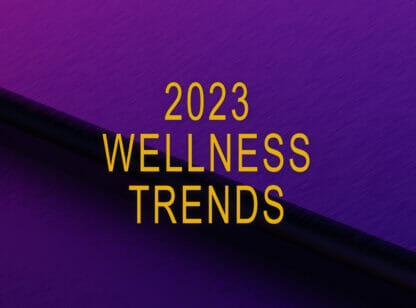As of 2016, the dietary supplement industry hit $122 billion and it continues to grow. You can get supplements just about anywhere now, from Amazon and your grocery store, to your pharmacy and doctor’s office. It is becoming more and more difficult to differentiate what you need, if it is safe for you, and if you’re actually getting what you expect in the product.
With such fast-paced growth, it is difficult for the FDA to regulate all the supplements marketed. In 2010 the FDA issued a current good manufacturing practice (cGMP) guideline, but leaves it up to the supplement companies to voluntarily follow and report quality control methodology. In 2015, the New York attorney general’s office issued a cease-and-desist letter to 4 major retailers: GNC, Target, Walgreens, and Walmart whose supplements failed to show they actually contained the substance on the product label.
One of the ways you can protect yourself from poorly made supplements is to use brands that follow industry standards for quality assurance including ISO 9001, ISO 17025, and third-party cGMP certification, such as NSF/NSFI, NPA, TGA, USP, and CL. Consumer and health conscious supplement companies will have passed FDA inspection and always use quality control measures such as independent testing for correct dosage, in-house testing, batch quarantine and batch testing to check raw materials for contaminants.
In addition to certifications, always read the label to see the “other ingredients” in your supplement. Avoid “inactive ingredients” such as preservatives (titanium dioxide, zinc oxide), food coloring additives (red/blue/yellow lake), binders and fillers such as microcrystalline cellulose, modified (GMO) corn starch, magnesium stearate, gelatin, and talc (clay) to name a few. Supplements in tablet form have the most preservatives, binders, and fillers, in order to keep it in its tablet form. Tablets can be more difficult to break down for older individuals or those with poor digestive function. Try dropping your tablet into a cup of water. If it doesn’t dissolve in 30 minutes, you have your answer.
Pay a little extra for better quality. Don’t go for the budget brands or the most expensive. Centrum, one of the top selling multivitamins, is a supplement line from Pfizer, a $220 billion drug company. Centrum uses the above “inactive ingredients” in their products to keep costs low and increase shelf life. It also contains cheaper and poorly absorbed forms of vitamins and minerals such as cyanocobalamin (vitamin B12) and calcium carbonate instead of higher-quality, bio-available forms of methylcobalamin (vitamin B12) and calcium citrate.
Many of the highest quality supplement companies commonly sell directly to health care practitioners and cannot be found in retail stores. Examples of top quality companies that exceed cGMP standards and FDA requirements include: Xymogen, Thorne Research, Pure Encapsulations, Designs for Health, Ortho-molecular, Integrative Therapeutics, Klaire Labs, and Nordic Naturals Professional.
Above all, always check with a doctor or pharmacist knowledgeable in nutrition and supplementation before starting any new vitamin/supplement/herb, etc. even though the supplement store clerk or “Dr. Google” may have told you it would be fine.
Dr. Sonja Fung is a primary care naturopathic doctor with expertise in integrative cancer care, regenerative joint injections, nutrition, and IV nutrient replenishment. She is the owner and medical director at Live Well Clinic in La Quinta and can be reached at (760) 771.5970. www.livewellclinic.org.
Sources: 1) https://www.fda.gov/Food/GuidanceRegulation/GuidanceDocumentsRegulatoryInformation/ucm238182.htm; 2) https://dailyhealthpost.com/centrum-multivitamin/; 3) http://labeling.pfizer.com/ShowLabeling.aspx?id=3776; 4) http://www.nsf.org/consumer-resources/what-is-nsf-certification; 5) http://www.npainfo.org/; 6) http://www.usp.org/sites/default/files/usp_pdf/EN/PublicPolicy/globalpublicpolicy_dietarysupplements_2016-01_v.6.pdf; 7) https://www.consumerlab.com/; 8) https://www.tga.gov.au/book/licensingcertification-process; 9) https://well.blogs.nytimes.com/2015/02/03/sidebar-whats-in-those-supplements/; 10) http://articles.mercola.com/sites/articles/archive/2012/06/23/whole-food-supplement-dangers.aspx














































Comments (0)